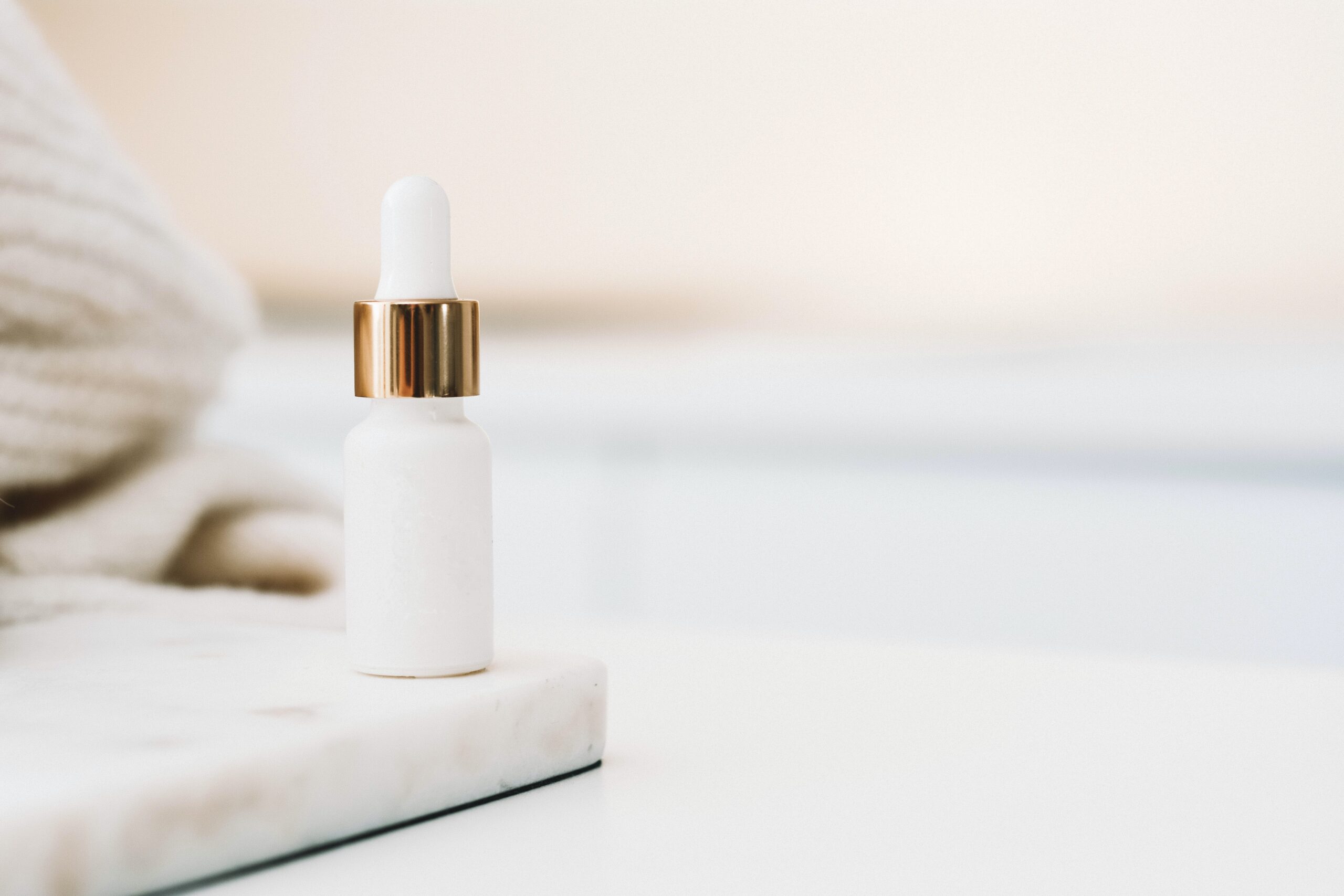IMPACT OF PACKAGING ON COSMETICS SAFETY
Annex I of the EU Cosmetics Regulation (EC) No. 1223/2009 describes the information that needs to be considered for the Cosmetic Product Safety Report. Section 4 from this Annex provides details concerning impurities, traces and information about the packaging material. According to this Regulation, the packaging must not negatively impact the safety of the cosmetic formulation.
The combination of the packaging material, formulation of the cosmetic product and contact with external environment may impact the safety of the finished product. Since substances may migrate from the packaging into the formulation, there is the need to consider relevant characteristics of the packaging material as well as the interaction between the product and the packaging material and barrier properties of the packaging material.
Relevant characteristics of the packaging material may include the composition of the packaging material (including additives), technically unavoidable impurities and possible migration from packaging. These characteristics should make it possible to estimate any potential hazards.
There are several types of packaging materials used on cosmetic products: plastics, adhesives, metals, alloys, paper, board, printing, inks, varnishes, rubber, silicones, glass and ceramics.
Similar formulation/packaging combinations that are already available on the market as well as materials that have been developed for food packaging may provide useful indications.
Different factors need to be taken into consideration when developing a packaging for a cosmetic product:
- Requirements of the EU Cosmetics Regulation (EC) No. 1223/2009 for safety assessment;
- Requirements regarding REACH, the Packaging and Packaging Waste Directive 94/62/EC and other legislation;
- Technical performance of the packaging (compatibility with the products, product protection, and others).
COSMETICS EUROPE GUIDELINES
In 2019, Cosmetics Europe – the European trade association for the cosmetics and personal care industry – issued an advisory document regarding the information exchange on cosmetic packaging materials along the value chain in the context of the EU Cosmetics Regulation EC 1223/2009. In sum, it identifies which information regarding the packaging is relevant for conducting the safety assessment of the cosmetic product, where the main concern is the possible migration of packaging substances into the cosmetics formulation.
General principles of safety and inertness for all Food Contact Materials are set out in the EU Framework for food contact materials (Regulation (EC) No 1935/2004). Overall, this Framework requires that materials be manufactured according to Good Manufacturing Practices and do not release their constituents into food at levels harmful to human health. It also establishes rules for compliance documentation and traceability. In principle, food packaging legislation provides information that could be useful for the safety assessment of cosmetic products packaging. This is a strategy widely used in the cosmetic industry.
Migration limits (i.e. maximum amount of a substance allowed to migrate to food) are an important mechanism to safeguard the safety of food contact materials. The EU or national regulations can set out Specific Migration Limits (SML), based on the toxicity of specific substances. An Overall Migration Limit (OML) means a limit for the migration into food of all substances together (measure for the inertness of the material). Rules for migration testing have been established in national regulations or industry guidelines for many materials.
Commission Regulation (EU) No. 10/2011 on plastic materials and articles lists 6 different food simulants representing the main food characteristics that influence migration. Since cosmetics are typically chemically inert, water based/oil-based mixtures with a neutral or slightly acidic pH, the physical/chemical properties relevant for migration correspond to the properties of those 6 food simulants (except for some cases).
Cosmetics Europe suggest the following methodology/approach:
- If possible, the supplier declares and documents compliance with food contact legislation/standards.
- When food contact compliance cannot be claimed, the supplier provides relevant information for the safety evaluation of the packaging by other means.
- In either case, the supplier addresses substances that are of specific concern to the cosmetic product safety assessor (i.e. banned or restricted under the Cosmetic Regulation Annex II, Annex III and CMR substances as well as substances classified as skin sensitizers).
If a packaging material/component is not food contact compliant due to the presence of a specific substance, the Threshold of Toxicological Concern (TTC) approach can be valuable.
References:
- Regulation (EC) No 1223/2009 of the European Parliament and of the Council of 30 November 2009 on cosmetic products.
- Commission Implementing Decision of 25 November 2013 on Guidelines on Annex I to Regulation (EC) No 1223/2009 of the European Parliament and of the Council on cosmetic products.
- Scientific Committee on Consumer Safety (SCCS) – The SCCS’S Notes of Guidance For The Testing Of Cosmetic Ingredients and Their Safety Evaluation, 10th Revision, 2018.
- Cosmetics Europe – Advisory Document – Information Exchange On Cosmetic Packaging Materials Along the Value Chain In The Context Of The EU Cosmetics Regulation EC 1223/2009, 2019.
- Regulation (EC) No 1935/2004 of the European Parliament and of the Council of 27 October 2004 on materials and articles intended to come into contact with food and repealing Directives 80/590/EEC and 89/109/EEC.
- Commission Regulation (EU) No 10/2011 of 14 January 2011 on plastic materials and articles intended to come into contact with food.














